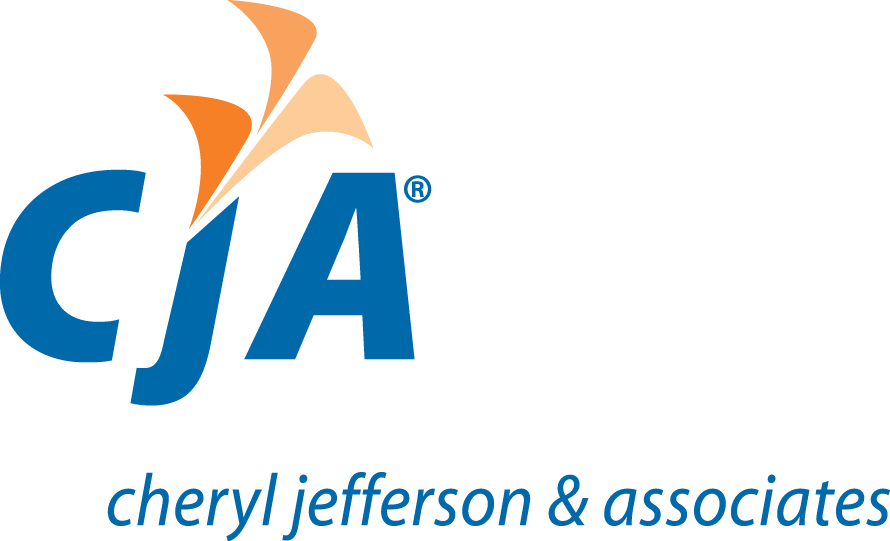ICS Schedules Explained
Have you seen all the schedules on an Incurred Cost Submission (ICS)?! The ICS seems to never end. Why are there so many schedules and what do they do? Before explaining all these schedules, a quick review of the ICS is in order.
Quick Review
To complete an ICS, the contractor must first make sure to correctly classify all direct costs and assign them to a specific job. All other costs need classification accordingly to Fringe, Overhead, General & Administration, etc. The ICS is used to calculate the final/actual indirect cost rates incurred on T&M (Time & Materials) and cost reimbursable contracts by the contractor. These rates help determine whether the contractor owes or the government owes on a completed contract before closing.
Notably, any government contractor or subcontractor whose contract contains the Federal Acquisition Regulation clause FAR 52.216-7 must submit an ICS. FAR 52.216-7 requires an ICS submission six months after the fiscal year-end.
ICS Tabs
As mentioned earlier, there are a lot of schedules in the ICS. Thus, the best way to understand the ICS is to group these schedules into categories.
Direct Costs
The direct cost section breaks the costs down by job and reconciles the claimed costs.
- Schedule H shows the costs allocated to each job in the current year.
- Schedule H-1 shows the labor bases as calculated from the direct costs recorded on Schedule H.
- Schedule Summary H does just what the name suggests. It is a summary version of Schedule H.
- Schedules G and G-1 reconcile the book ledger to the balances recorded on Schedule H.
Indirect Rates
This next group of schedules relate to the calculation of the indirect rates.
- Schedule A gives a summary of the final indirect rates and the related cost pools and labor bases which pulls from Schedules B through E.
- Schedule B calculates the G&A expense pool.
- Schedule C calculates the overhead expense pool.
- Schedule D calculates the service centers expense pool. This schedule may not apply to the company as not all contractors have service centers.
- The fringe schedule is used to allocate fringe expenses between the different types of labor – direct, overhead, G&A, etc.
- Schedule E calculates the labor base for each indirect rate calculation.
Labor Hours
Schedule K is for Time & Material contracts. The cost of labor is broken down as hours worked by negotiated labor billing rates.
Cumulative Claimed Costs
In essence, Schedule I is where everything comes together. This schedule compares the calculated billable amounts to the actual billed amounts. Variances on completed contracts may result in either the government or the contractor owing money to the other.
Various Schedules
Finally, this category consists of miscellaneous items that wrap up the ICS.
- Schedule L reconciles claimed labor from other schedules to the actual paid amount reported on payroll tax forms.
- Schedule M gives the federal government a description of the accounting system the contractor is using in addition to any major company changes which affect the books or calculation of indirect rates.
- Schedule J lists the subcontractors the company used to complete work under government contract jobs.
- Schedule O lists all the contracts completed during the year and are ready to close.
- Schedules A, A-1, A-2, A-3, and A-4 compare last year’s claimed amounts against this year’s claimed amounts.
- Supplemental B gives the company information related to general information such as risk and executive earnings.
- Supplemental C lists the jobs for which the contractor was working as a subcontractor.
Certification
Not surprisingly, the government wants a signature. Schedule N is to be signed by a company official stating the indirect cost rates are allowable per FAR.
As shown above, grouping these schedules together helps to make sense of it all. However, the ICS can still be very complicated to complete. The accurate completion of an ICS is not only dependent on understanding the ICS schedules but is heavily dependent on accurate bookkeeping throughout the year. With this in mind, be sure to stay in contact with your government contract accountant.
Contributed by Jamie M. Shryock, CPA
